December 16, 1862 was the second day of the Battle of Nashville. The Confederate troops were entrenched on what would be called Shy's Hill and east to the Peach Orchard Hill. The attack began in earnest late in the afternoon. Eventually, the Union forces overtook Shy's Hill and Hood would be forced to retreat south along the Franklin Pike and Granny White Pike. Union cavalry would pursue, but lacking supplies, and being bested in numerous skirmishes along the Franklin Pike, would slow the pursuit. Eventually they were confronted by Confederate Cavalry General Nathan Bedford Forrest just north of Columbia, the pursuit was halted. They attempted to send troops on trains to Chattanooga but they arrived too late and Hood was able to escape to Mississippi.
The Union lost 387 killed during the battle, an estimated 2,500 Confederates were killed. The battle was the end of The Army of Tennessee. General Hood would resign a few weeks later.
Only small parts of the battlefield have been preserved. There is a memorial on Shy's Hill(not there when I visited in 2004), the Battle of Nashville Monument, memorials at the Nashville National Cemetery, and numerous historical markers. A few redoubts and trenches can be seen and visited. The most significant remnant of the war is Fort Negley.
The Union's Fort Negley was built in 1862 by black troops on the southern edge of downtown Nashville. It was one of a number of forts built around Nashville and named for Union General James S. Negley. Cannons located here fired the first shots of the Battle of Nashville. After the war, the fort fell into ruin, but it was restored and preserved, and then rededicated and reopened to the public on December 10, 2004.
Subscribe to:
Post Comments (Atom)
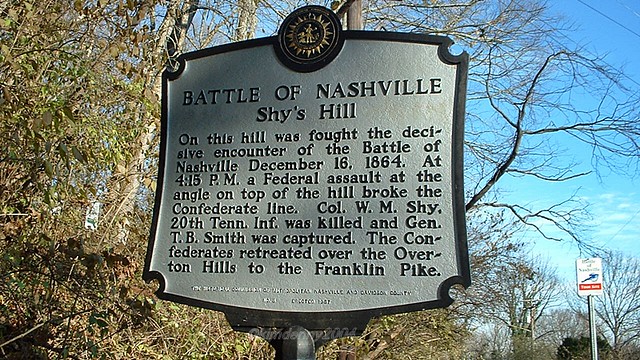
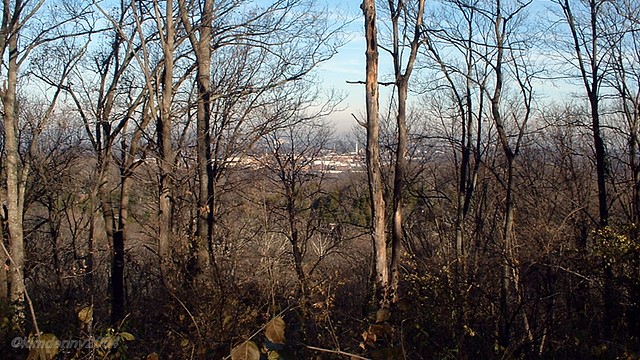
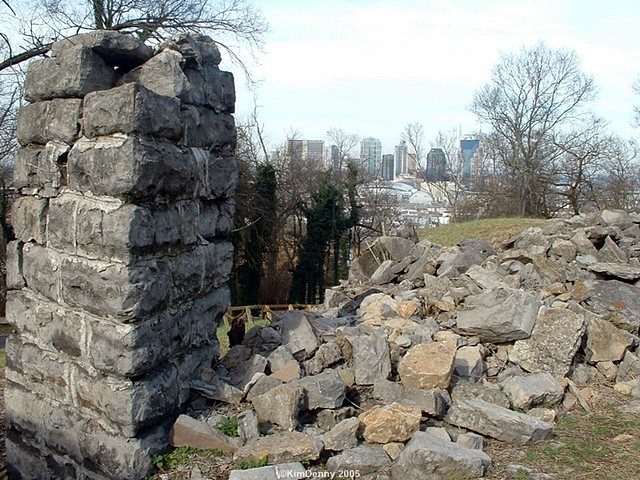
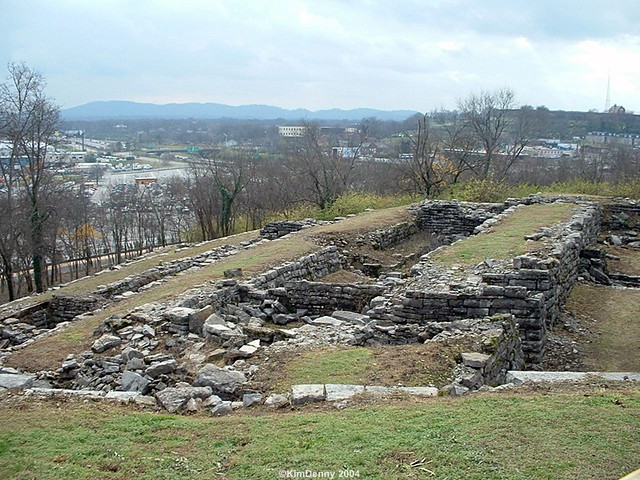
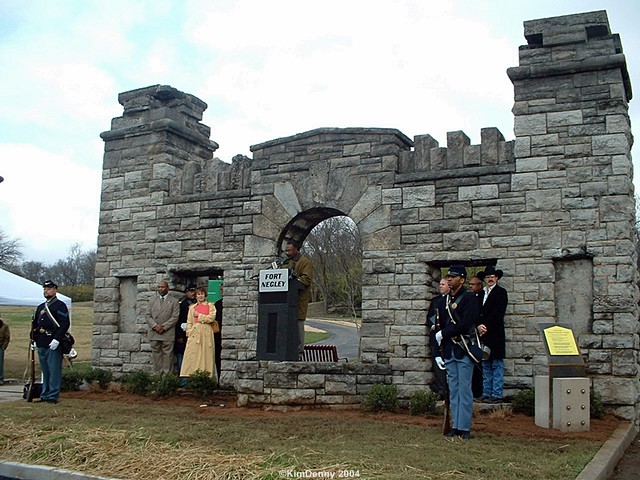

No comments:
Post a Comment